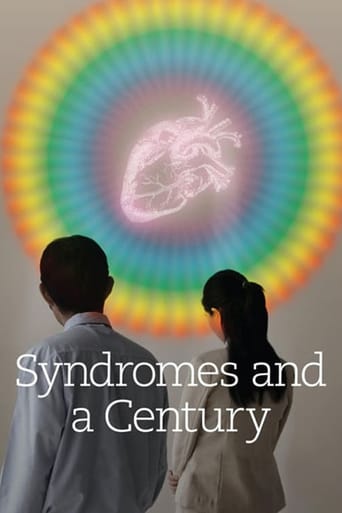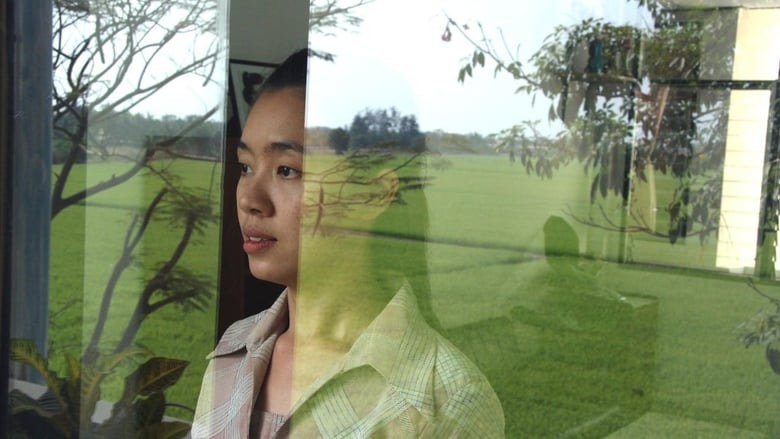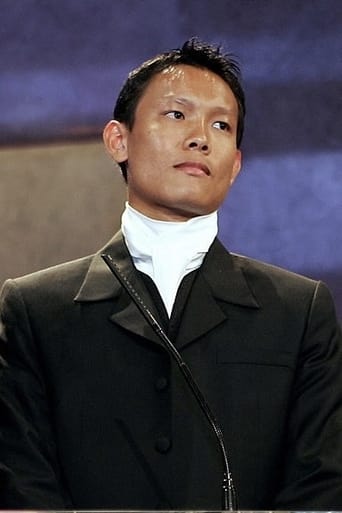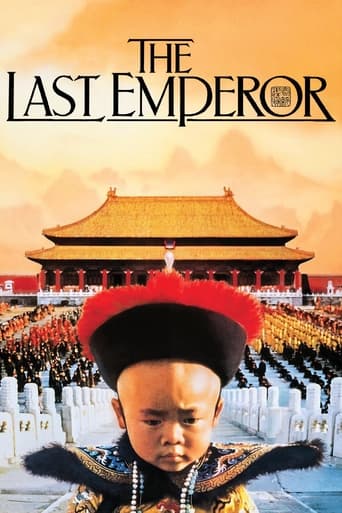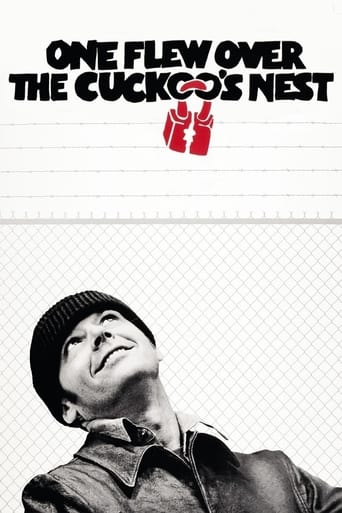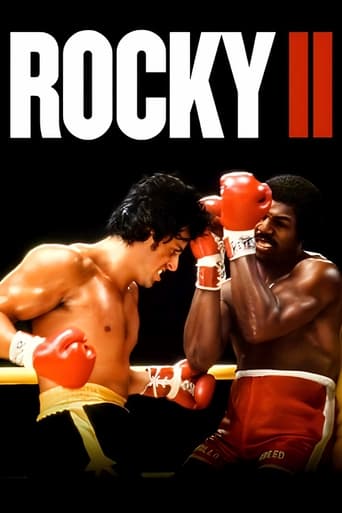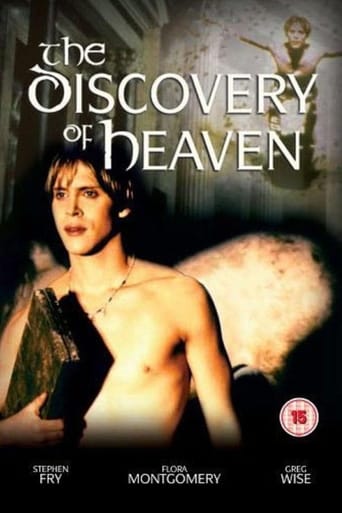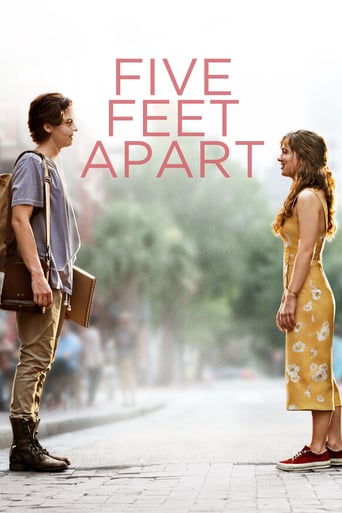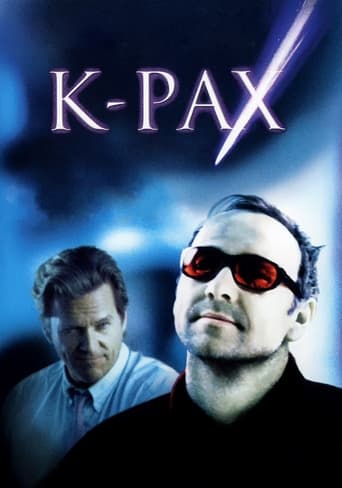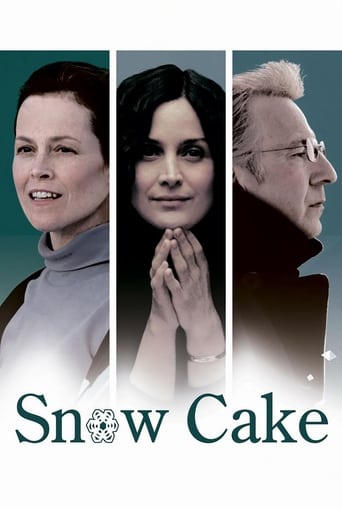Syndromes and a Century (2006)
A story about director Apichatpong Weerasethakul’s parents who were both doctors, and his memories of growing up in a hospital environment.
Watch Trailer
Free Trial Channels
Cast


Similar titles
Reviews
ridiculous rating
It isn't all that great, actually. Really cheesy and very predicable of how certain scenes are gonna turn play out. However, I guess that's the charm of it all, because I would consider this one of my guilty pleasures.
At first rather annoying in its heavy emphasis on reenactments, this movie ultimately proves fascinating, simply because the complicated, highly dramatic tale it tells still almost defies belief.
Strong acting helps the film overcome an uncertain premise and create characters that hold our attention absolutely.
I have read several reviews and found this very amusing. Actually I have seen this movie and couldn't figure out what so artistic about it. This is more like Andy Warhol shooting a film about a man sleeping eight hours on screen. Warhol considers this art. Now this film is almost similar. If you want art take a lesson from the real master.Someone did mention Kubrick somewhere, don't compare him to this guy. It's a different story. Back to art, anyone who is a fan of Kurosawa? How about Fellini? Also there is Gus Vant Sant. Don't tell me this film can be compared to the art of these true artists.This (Sang Sattawat) is to me a real sleep movie. ZZZZZZZZZZZZZZ
Thai film Syndromes and a Century manages to come across as an unashamedly routine love story told amongst a palette of long takes, highly ambiguous symbolism, a distinct manipulation of time and space as well as a telling of events from particular perspectives. The film is a high-art piece, with particular avant-garde sensibilities, as it weaves a tale that sways in and out of the past tense, the present tense and distinct and important memories as well as some sort of alternate reality. The film is very spiritual, and it carries that slow and methodical tone that compliments the delicate and somewhat sensitive subject matter of love, rejected love and life. The slow tracking camera as shots of about twenty seconds in length of stone Bhudda statues suggests whatever journeys these characters are on are more spiritual than they are physical.Syndromes and a Century isn't necessarily too concerned with narrative, and whatever development of its characters it does, or connection with them we feel with them, is going to be by way of relating to the fondness they feel for one another more-so the vast and complex changes they undergo. Instead, the film takes a step back; focusing more on camera and atmosphere, in particular, where the camera is situated just as much as it is concerned with where it isn't. There is a scene, very early on, in which the camera stands mere feet off the ground at a door-way and focuses on an individual of medical profession talking to various patients sitting to the side of this person's desk. The placement is pretty clear, and with synopsis in mind that this is a personal piece documenting memories of the director's parents as he spent time in the hospital in which they worked, the shot is quite clearly supposed to resemble a child's point of view; tepid as to whether to come in or not and insignificant enough for the people in the room to pretty much ignore them.But that's not to say the film is entirely told from a child's perspective, just those scenes that director Apichatpong Weerasethakul feels necessary to document in that grounded, lack of cuts and edits manner. Weerasethakul blends a very articulate sense of the observant during most of the internal scenes supposedly revolving around his parents working in respective spaces; shot through a camera that is very much a part of the scenes, but isn't directly involved in the action, with rather routine exchanges and dialogue sequences in which exactly how people feel for one another needs to be laid out and fast-tracked.This romance revolves around a young doctor who happens to be quite fond of what is the closest resemblance in the film of a lead role in a young, female nurse. When this individual eventually confesses his feelings outside in the hospital grounds, there is an entire segment of the film dedicated to a flashback of what I presume to be a prior love in the life of the nurse, a flower salesman by the name of Noom (Pukanok). Given the overall context of the piece and it being a recollection or acknowledgement of past events, the extended break away into the past tense of when the nurse is reminded of prior events fits the overall context of the film; that being as something that is all about delving into the past and remembering important times gone by; times that, indeed, may well have shaped an individual or had such an impact on them that it has made them the way they are.As the film progresses, scenes seem to repeat themselves, but from different angles in the room or at the location. Scenes play out from earlier on but cross the line and have the child-like perspective from a different position in what I can only assume is the director's recollection of the general area he frequented many times but, given how complicated and meaningless everything everybody ever said in these rooms was to a child anyway, a lot of the talk; dialogue and exchanges people engaged in with one another just seemed to blend in with everything else and sound the same. What's important in this regard is remembering how highly the visuals of the piece are emphasised by the director; this is a piece about observing and recalling places and people and how this had an impact on you in your life. What it isn't interested in is any particular aural detail: the dialogue between two people that love one another is deliberately unspectacular and the speech in the hospital comes close to exact repetition.As a piece that evokes a certain emotional response, Syndromes and a Century succeeds. It is a memorable experience about specific memories themselves, while being deliberately ambiguous and hazy in its set time-frame. Even some of the film's more outrageous content feels as if it can carry certain meanings without coming across as too pretentious. Take, for example, the air condition equipment sequence which acts as a visualisation of raw human emotion as the previously seen dust or smoke that had settled in the room is soaked up by a funnel, in a sort of visualisation of the bombshell of a few scenes ago in which a character proposes they move away with their love. The bombshell is dropped; the smoke litters the area but it is then all absorbed as the other individual comes to terms with what positive things that decision may incorporate. The film is stunning at the best of times, which is rather frequently, and doesn't really drop below a level of high, humbling quality.
I have now seen three of Apichatpong's films (Mysterious Objects, Blissfully Yours and now this). It finally occurred to me what is going on and why so many people, already enamored of offbeat, experimental and artsy films, still find his work difficult.I really got into "Mysterious Objects" at first, the "exquisite corpse" method and the way a simple story got embellished as he went along. But Apichatpong seemed to lose interest in the narrative, so the film became a static slide show of his travels, losing all of its narrative energy."Sud Saneha" (Blissfully Yours) never got me engaged. It was an agonizing experience in lost opportunity and self-indulgent amateurism.So now, I can say that "Syndromes and a Century" is by far the best of the three. I gave it 6 out of 10.I finally understood that Apichatpong is an artist of still images. He has no idea what to do with emotions or the people who feel them. He just allows them to populate his canvas, and pays no attention to what they do. In fact, if they do nothing and stay still, that's even better.The camera moves from time to time, but that is clearly just giving better depth to his still images. He has no skills in using images that move, other than to take them in in a decidedly passive way. There are times in this movie when it is effective (the steam entering the pipe, for example), but most of the time, it underscores his discomfort with the moving image.I really want to like his films, mostly because here in Thailand, popular culture is so crushing and stifling, anything artistic is like drops of water in a desert. But I can only cut so much slack.
Here there is no story, no beginning or end. Snippets only of the universal experience of memory and feeling. So banal, so beautiful, the camera looks - often from a distance almost in reverie, at the smallest things in our lives. The camera is in fact a detached "third eye" - seeing what we don't focus on, remembering what we have forgotten. The actors (are they actors?) play out their small parts with humor, grace and and sincere naturalism.One of a handful of directors using the unique language of film to its fullest doing what no other medium can do. Touching, funny, hypnotic, complex and simple - Weerasethakul's signature is all over this film - his humanity, his recognition that the unexplainable is present in every ordinary life, that everything is worthy of our attention ...

